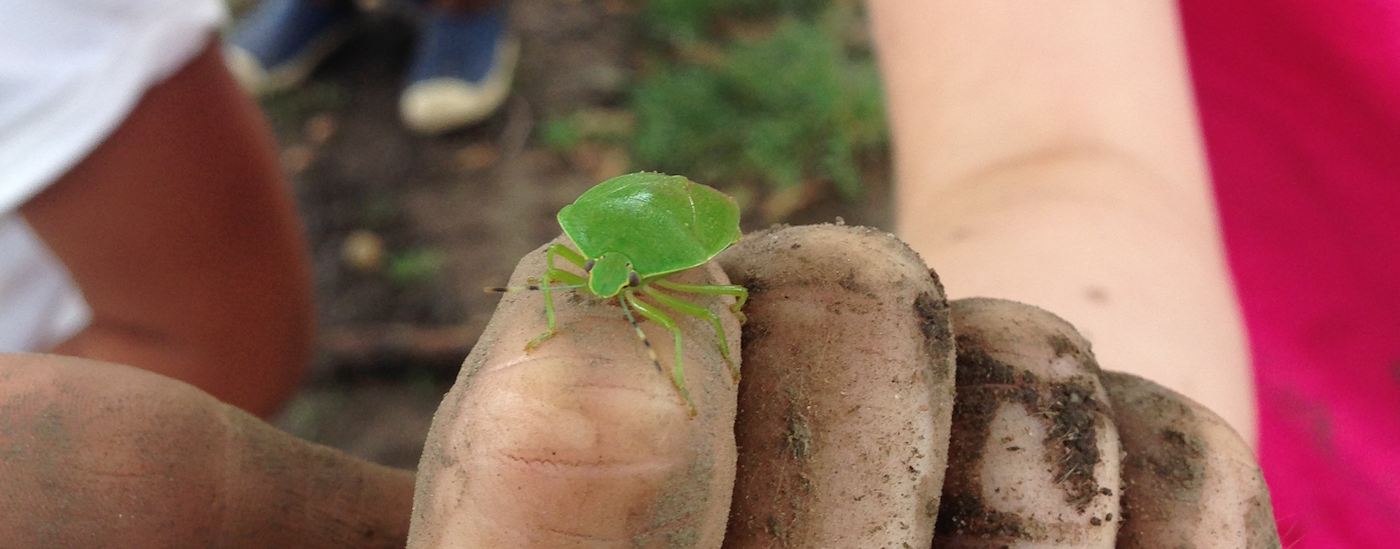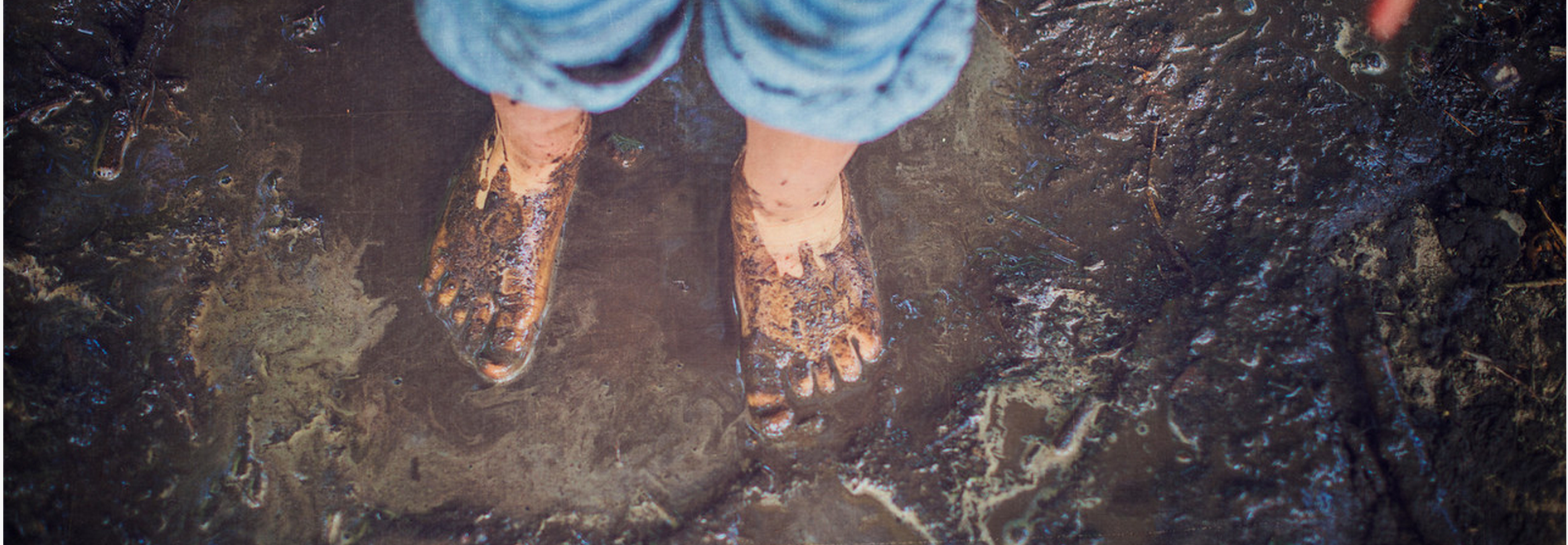Earthworm Digging Activity for Kids
Columnist and author Bill Vaughan described a child as "a being who gets almost as much fun out of a fifty-six dollar set of swings as it does out of finding a small green worm." Although we all know the cost of swings has grown exponentially since Vaughan's day, worms remain cheap thrills (and I mean thrills!). Give your kids a string circle and a patch of damp earth, or a bunch of water and encouragement to dig and be patient. Then, you can see it for yourself.
Kids use sticks, rocks and fingers to loosen the soil and uncover a whole world that creeps and crawls beneath their feet. Kids will shout and squeal as they find worms, hopping up to share their discoveries. And most kids will not want to stop. Build a "worm hotel” and give a few squirmy friends a place to stay and a safe place from which they can be observed over the coming days. If you have a group, kids will learn to work together through this communal project. Add in tweezers and magnifying glasses to make older kids focus even more intently. Most importantly, just dig, listen and chat alongside your kids.
Take it a step further and make this a lesson in compassion. Make sure kids know a thing or two about worms. Then, before they dig, remind kids to be mindful of and careful with the worms they find. With very simple prompting, our kids showed genuine concern for the worms, doing things like building temporary habitats for them, safely returning them to the earth, encouraging one another to handle them gently, and genuinely mourning one worm's death by tweezer pinch. Yes, all that for some lowly worms!
The Guide
Launch the search: Give each child a one to two yard piece of string. Tie a knot to make it a loop and ask, "What shape did we make? What do you think this string circle is for?" Accept all answers, then tell kids that you'll be using it to find friends in the dirt. Then, kids can put their circles on the ground and prepare to look for friends in their circles of earth. You may also ask, "How many worms do you think you will find? Do you think you will find anything else?" Note: The strings are optional, but can help kids focus and dig in one spot long enough to find worms and critters of good size.
Inspire empathy: Ask kids what they know about worms. Read a book like Vivian French’s Yucky Worms: Read and Wonder if they (or you) need some more information. Then, ask kids what they think the worms and small critters who they will handle might be feeling and how we should care for them. If kids will use tweezers, ask kids to use special care not to squeeze worms too hard. (This can be very challenging.)
Make it rain: If the ground is wet, go ahead and get digging. If it’s dry, the worms have likely burrowed down a bit in the soil, and will be not be easy to find. Dig up the surface dirt and sprinkle the ground with water. Repeat a few times, mixing the water into the dirt. Wait about ten minutes. You should start to see worms poking up to the surface.
Get digging: Kids can use sticks, wood chips, rocks and fingers to break up, scrape and dig their way to worms. Before too long, someone will shout, "WORM!" or "I found one!" Then, it's off to the races…
Discovery time: Be prepared for kids to discover all kinds of things. They can watch worms move, hold and feel them and count them (one boy made hash marks in the dirt). Observe other friends who live in the dirt (e.g. ants, rocks, roots of plants, pupa, larvae, and pill bugs). If you find something you can’t identify, make it a research project. Take a photo (digital or mental) and agree with your kids to research it online or with that uncle who knows a remarkable amount about bugs. It's great modeling for kids to see you deal with not knowing something.
Worm hotel: Take a glass jar and let kids add about an inch of sand or wood chips. Then, layer on several inches of wet earth. Voila! You’ve opened a rather posh “worm hotel.” Kids can add in worms and plenty of vegetation (leaves, grass, etc) for the worms to eat. Use a hammer and awl (or nail) to poke holes in the lid. Leave it for a few days, then see what the worms have done. Soon after, return the worms to the great outdoors.
Why is this activity great for kids?
The simple acts of both thinking about and taking care of creatures smaller than themselves is a powerful way to help kids develop empathy. The good news is, it appears that children are empathetic by nature. So, all we need to do is nurture it in them. Worms, which inspire disgust in many adults, can inspire genuine care and concern from kids. So, this is just the kind of practice kids need.
It is rare that young kids stay in one spot for long. But, the successful search for life underground keeps kids glued to a small circle of earth, or at least working on a search for friends, helping to develop the all important ability to focus and exercise self control. Kids must be persistent and patient as they dig and wait for worms and other friends to appear, especially if you are adding water to dry earth.
If you have a group of kids, each child will have his or her own circle in which to work independently, but he or she also has to work with others to make and later share a communal worm hotel. Kids genuinely struggle to share limited resources (jar, lid, etc). And yet, they demonstrate pride in the shared product. To us, that juxtaposition means that important learning is taking place.


